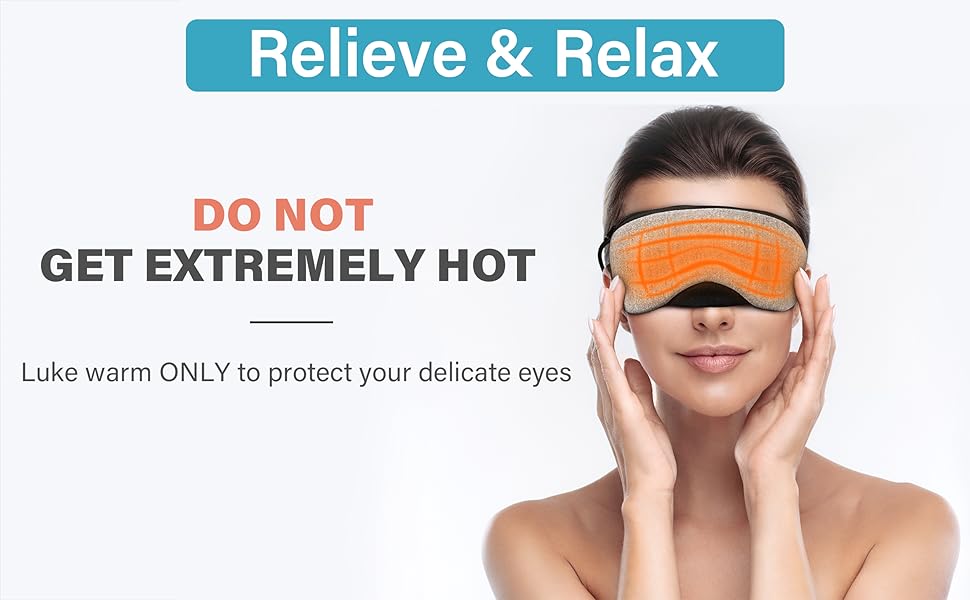Portable camera flashes offer incredible versatility, but adding color gels takes your photography to a whole new level. Suddenly, you’re not just filling shadows; you’re crafting moods, emphasizing subjects, and adding a vibrant, artistic touch to your images. This article dives deep into the world of color gels and speedlights, covering everything from choosing the right gels to mastering various creative techniques. Let’s get started!
Understanding the Power of Color Gels

Color gels are essentially thin, colored sheets of plastic or film placed in front of your flash’s head. They selectively filter the light, transforming your flash’s output from a harsh, white light into a colored light source. This seemingly simple act unlocks a wealth of creative possibilities. You can:
- Match existing light sources: Balance the color temperature of your flash with ambient light, creating a more harmonious scene.
- Create dramatic moods: Use deep blues and reds to evoke mystery and suspense, or vibrant yellows and oranges to create warmth and energy.
- Highlight specific subjects: Isolate a subject with a colored light, drawing the viewer’s eye and emphasizing its importance within the frame.
- Add pops of color: Introduce unexpected bursts of color to add visual interest and excitement to your images.
- Enhance storytelling: Use color to communicate emotions, ideas, and narratives within your photographs.
Choosing the Right Color Gels
The market offers a wide variety of color gels, varying in material, color temperature, and density. Here’s what to consider:
- Material: Rosco and Lee Filters are popular choices, known for their durability and consistent color reproduction. Consider the heat resistance of your gels, especially when using more powerful flashes.
- Color Temperature: Understanding color temperature (measured in Kelvin) is crucial for matching ambient light or creating specific effects. Cooler colors (blues) have higher Kelvin values, while warmer colors (reds) have lower values.
- Density: Density refers to how much light the gel absorbs. A denser gel will produce a more saturated color, but will also reduce the overall light output. Experiment to find the right balance.
- Gel sizes and shapes: Ensure your gels are appropriately sized for your flash heads. You can find pre-cut gels or sheets that you can cut to fit.
Essential Tools and Techniques

Beyond the gels themselves, you’ll need a few tools to work effectively:
- Gel holders: These are essential for attaching gels securely to your flash heads, preventing them from falling off or getting damaged. Many are designed to fit specific flash models.
- Light stands and modifiers: Experiment with placing your flash at different angles and distances, and use softboxes or umbrellas to diffuse the light and soften the color.
- Color temperature meter: Although not strictly necessary, a color temperature meter can help you accurately match your flash to the ambient light.
Mastering gel techniques involves experimentation. Try these basic approaches:
- Rim lighting: Place the flash behind your subject and use a gel to create a colorful outline.
- Backlighting: Use gels to add color to the background, enhancing the subject’s silhouette.
- Accent lighting: Use gels to add splashes of color to specific areas of the scene, drawing attention to key details.
- Mixing colors: Overlap different colored gels to create unique and unexpected shades.
Experimentation and Creative Exploration

The beauty of color gels lies in their versatility. Don’t be afraid to experiment! Try different combinations of gels, lighting techniques, and flash modifiers to discover new effects and styles. Here are some ideas to get you started:
- Portraits: Create dramatic portraits with moody lighting and colorful accents.
- Landscapes: Enhance the atmosphere of your landscapes by adding colored highlights or backlighting.
- Still life: Use color to add visual interest and create a sense of depth in still life compositions.
- Product photography: Highlight products with eye-catching color accents to improve their visual appeal.
Remember, the key is to experiment and have fun! The more you practice, the better you’ll become at using color gels to create stunning and expressive images.
Troubleshooting Common Issues

Even experienced photographers can run into problems with color gels. Here are some common issues and solutions:
- Color casts: If your images have unexpected color casts, check your white balance settings and ensure you’re using appropriate gel colors to match your ambient light.
- Gels slipping: Invest in good quality gel holders to prevent gels from slipping and damaging your flashes.
- Uneven lighting: Experiment with different flash modifiers and positioning to achieve even lighting with your gels.
- Overly saturated colors: Reduce the intensity of your gels by using lower density gels or by diffusing the light.
Using color gels with portable flashes is a fantastic way to boost your creative photography. By understanding the basics, experimenting with different techniques, and troubleshooting any problems, you can unlock a whole new world of artistic possibilities.